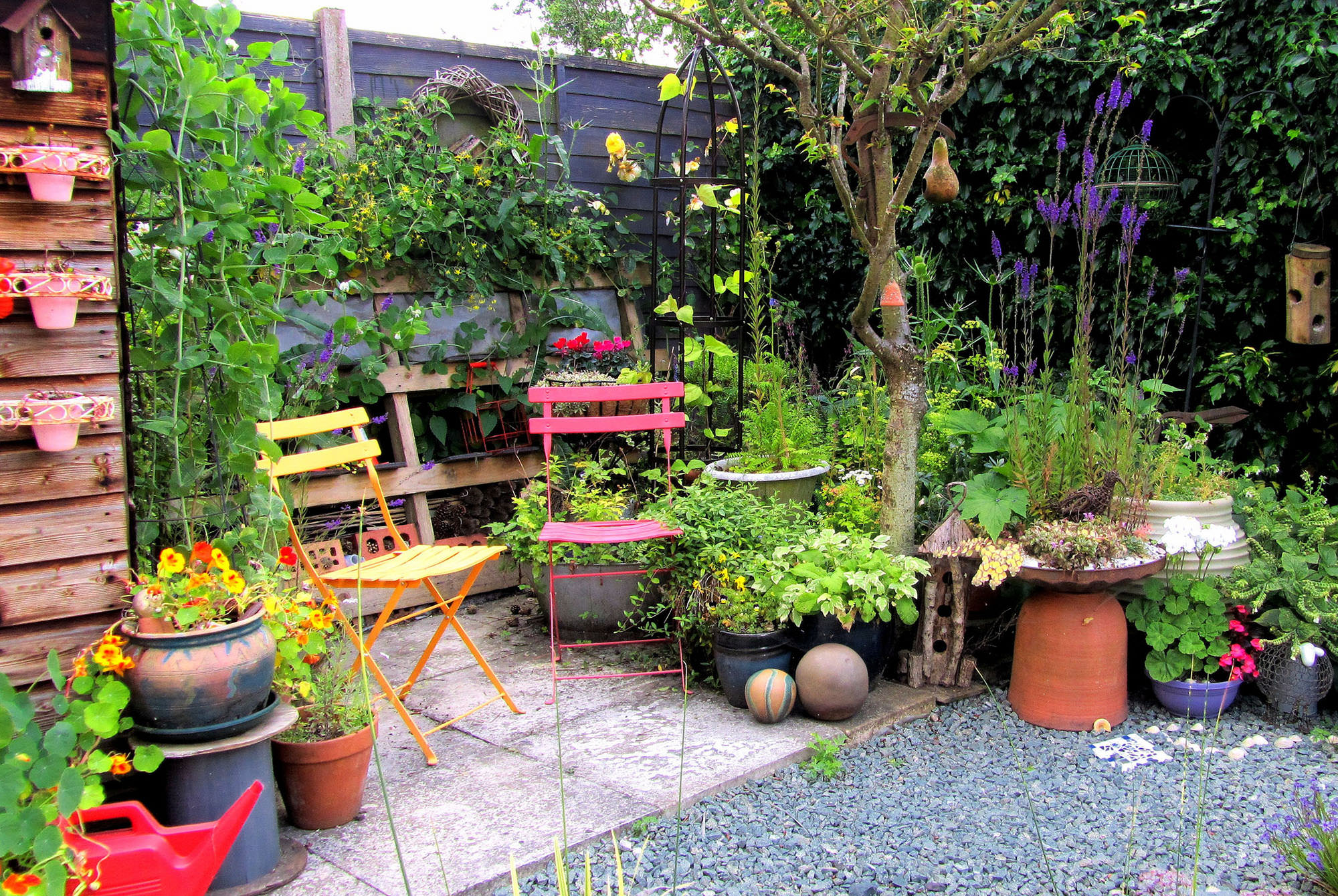Name: Ian and Anne Walker of The Atholl Centre
Proposed development: Community Sensory Garden
Start-up funding received: £4202
Project start date: October 2014
Sustainability measures: The project is set within an existing community hub and will use both internal and volunteering resources to ensure sustainability.
Ian and Anne on the background to their project: Our plan is to create a sensory and community garden on the land to the sides and back of our building. The Atholl Centre is an inclusive social enterprise which provides holiday and conference/meeting facilities (residential or day) with good disabled access. We are used by other charities, church groups, small business start-ups, educational and youth groups, including many local community groups.
Having started a programme of improvements to our facilities, this is another step to make the Centre even more of a focal point and link service in our local community. The sensory garden would make an impact right at the entrance to the Centre and another more secluded section would be made in the area between the chalet and dining room and to allow for peaceful enjoyment of the plants and objects. Both areas would be wheelchair accessible. We aim to explore all senses, so will include scented plants, plants with different tactile experiences, plants which add colour through the seasons and which are placed to be pleasing to the eye and plants which make noise as the wind blows through them. Wind chimes and a small water feature would also provide aural stimulation. The back area we would develop into a community garden where locals could enjoy growing herbs, vegetables, fruit & flowers and we would like to have a small play area for children as well. This would benefit many of our community groups such as 4 Ways mental health support, carers support, young carers, adults with learning disabilities, art class, new business start-up herbal workshops, bereavement support, U3A, Positive Choices (chronic illness support), Welcome All elderly lunch club, youth club and His Kidz. Not only would they be able to enjoy the garden, it would be an opportunity for them to meet each other, working together and having fun together across the generations.
Anne’s reflections on the process: We’d been around when all these things, workshops, were happening, and I certainly hadn’t been an integral part of the process but we knew what it was about and what was going on, and been following people involved to hear what they got out of it. We needed a bit of impute to get started because there were so many other things going on. We realised that when we got to thinking about it more deeply that we should contact people at Plus Perth, but they had moved on, so we were encouraged to contact Trelis who are a therapeutic gardening network with headquarters in Perth. We went to one of their networking meetings, in Glasgow, that was a real eye opener. Not only a lot of people trying to do similar things, hospital gardens, community gardens, botanic gardens. It was good to see that they had already thought of things that could be barriers and thought of how to deal with them so that we could pick that up and not have to make the mistakes in the first place. That was really good. It also encouraged us to get the community engaged at this stage, instead of presenting to them a fete a complete.
What we plan to do is to form a small committee that we will support. We have a trustee here that is a gardener and he has been doing the tubs with flowers around the town centre. He has been encouraging one of our other volunteers, who has been ill and has a learning disability, together they are the gardeners for the moment. Alastair is very much onboard and very happy to see what he sees as a neglected area being developed. But also feels that he is getting older and cannot take responsibility. So the wee steering group would be good for looking after the health and safety aspects. And making sure that the maintenance aspects don’t just fall on Alastair’s shoulders. That it is shared. You have to think about how sustainable it will be because if it is sporadic then it will just end up being overgrown and ugly.
With it being a community garden we have to ensure that people who volunteer are appropriately trained. There are YouTube videos that we can just show to people for health and safety training and that’s brilliant. The resources are there.
Because this endeavour might cost quite a lot of money, and we need a digger and professional help, we have been looking at additional funding from elsewhere. We have been told to apply to SSE for their community grant, they have a gang of people who will come and do heavy lifting. And Keep Scotland Beautiful. And I have just contacted Foundation Scotland who are handling a community grant that we might be able to apply for as well. The money we are receiving is not just a facilitator, it’s an encourager too because you have a responsibility back to the people who have given the money and say ‘this is what I have done’. If you were doing it on your own you could put it off, so this is actually making it happen physically. It is also a confidence thing. If someone is willing to back you, you feel that you can do it.
(Image by Scrappy Annie, from Flickr)
